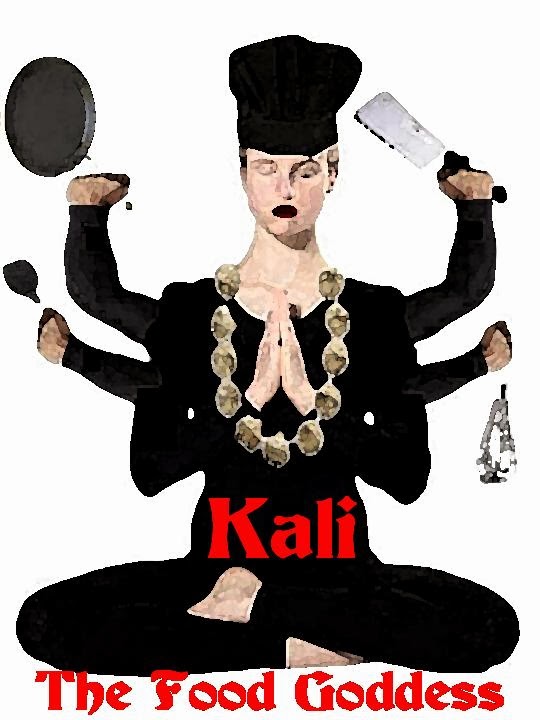5. Yucatecan Cuisine
When I was a child,
maybe 5 or 6, I fell in love one of Mom’s purses. She loved it too, and had it
for decades. It was a luscious dark red—the color of blood, if you please. The
leather was rich and soft all at once. And etched in the leather were Mayan
hieroglyphs that spoke to me. I remember spending as much time as I could, when
near that purse, tracing each symbol with my little fingers, mesmerized by
their elegant beauty. It was my obsession with her purse that resulted in Mom
getting me a silver Maya calendar medallion. I still have it.
This summer, as Ancestry
performed an update on their ethnicity maps, Mom’s was expanded to include—to our
surprise—a trace of Indigenous Americans from the Yucatán Peninsula.
Of course, the
trace of Taíno made perfect sense because it is a
part of almost every living Puerto Rican . . . but Mayas?
But as I thought
about it, it occurred to me that I’d read a piece a few years ago from some
archeological journal that there was evidence that the Taíno originated from the Orinoco Valley (in present-day
Venezuela). Expert sea farers, they are said to have traveled in their handmade
canoes from the continent into the Caribbean islands.
The importance
of that article was that there was a theory making the rounds in academia that
the Taíno and Mayas had contact. And it tickled
me to think that even in pre-Columbian times, my family was already engaging in
interracial and intercultural marriage. It’s really a family tradition!
The Maya grew
most of their food (and their staples survive in many Latin American cuisines
and exported the world over). They planted beans (black, pinto and red), maize
(corn), cassava (yucca), squash, and chili peppers. They also cultivated other
crops, such as avocado, chayote, guava, papaya, pineapple, pumpkin, tomatoes, and
sweet potatoes. The Maya also grew herbs that still dominate many cuisines to
this day: achiote (annatto), cinnamon, epazote, garlic, oregano, naranja agria
(sour oranges), and vanilla.
And this
deserves a separate paragraph: the Maya are responsible for the cultivation of
cocoa and bringing chocolate to the world. Chocolate was sacred. The food of the gods... These
are definitely our people!
Foods that
persist in our cultural zeitgeist include guacamole, corn tortillas, and
tamales. Yucatan-style ceviche is probably one of the most delicious things
that you’ll taste—with its depth of flavor and variety of textures and colors
with fish, avocado, onions, jalapeños, tomatoes and lime juice.
The Yucatecans’
most famous dish, though, is cochinita
pibil, a slow-roasted suckling pig that marinates in sour orange, is
seasoned with annatto, and roasts wrapped in banana leaves. Traditionally, this
dish is cooked buried in a pit, but that’s not really practical for most home
cooks… Substitutions include pork shoulder (butt roast) or pork loin; if sour
oranges are not available, you may use sweet oranges combined with lemons,
lime, or vinegar for the marinade; and you may cook in the oven, slow-cooker,
or grill.
The meat is shredded
(pulled pork) or cubed bite size and served with pickled red onions, roasted
habanero salsa, guacamole, and tortillas.
¡Mi raza!
Rick Bayless has a great recipe here: https://www.rickbayless.com/recipe/cochinita-pibil/
There is an InstaPot/CrockPot recipe
here: https://www.gimmesomeoven.com/cochinita-pibil/
And for a simple (more accessible) oven
version, there is a fabulous recipe here: https://www.mexicoinmykitchen.com/cochinita-pibil-recipe/






